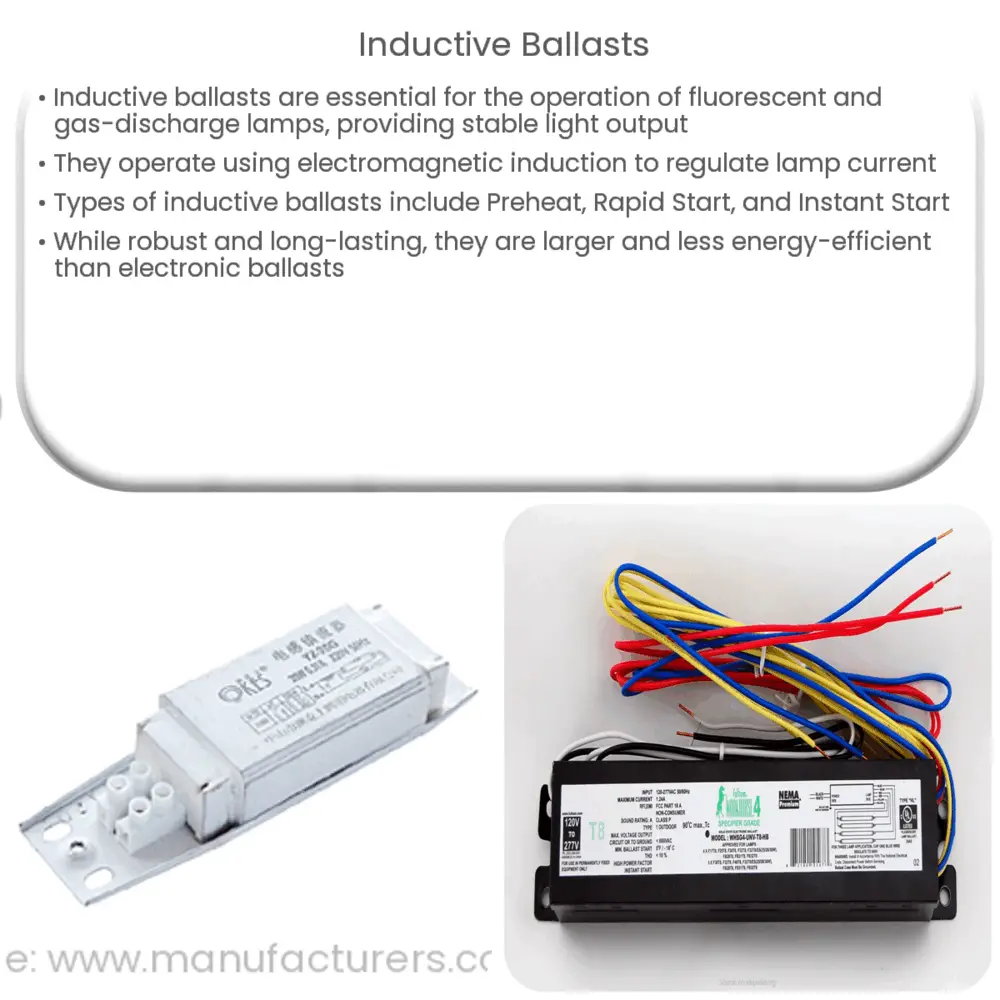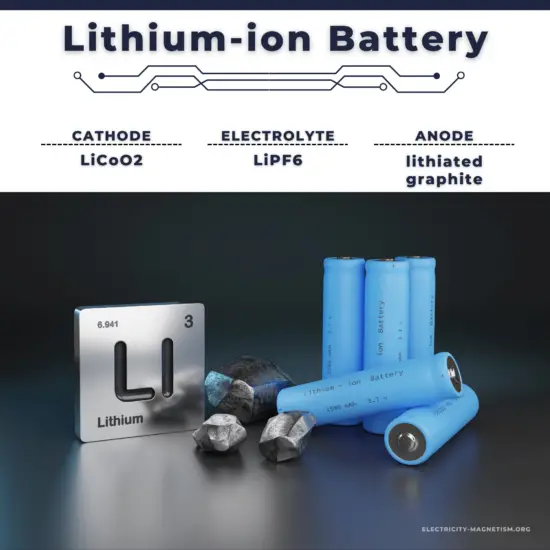Explore the comprehensive guide on Inductive Ballasts: their working, types, benefits, and drawbacks, vital for efficient fluorescent and gas-discharge lamps.

Introduction to Inductive Ballasts
Inductive ballasts are a critical component in the operation of fluorescent lamps and other types of gas-discharge lamps. They provide a variety of benefits and are often preferred over their electronic counterparts for certain applications.
Understanding Inductive Ballasts
An inductive ballast, also known as a magnetic ballast, operates using the principle of electromagnetic induction. This device essentially regulates the current flowing through the lamp to ensure a consistent and stable light output. Too much current can overheat the lamp, reducing its lifespan, while too little can cause flickering or prevent the lamp from lighting up entirely. Therefore, an inductive ballast provides a vital function in the operation of these lamps.
How Inductive Ballasts Work
- Initial Startup: The inductive ballast uses its built-in capacitor to store energy. When the lamp is switched on, this energy is released, providing the high voltage necessary to initiate the discharge within the lamp.
- Regulating Current: Once the discharge has been initiated, the inductive ballast helps regulate the current. It does this by creating a magnetic field that opposes changes in current, thus keeping it stable.
- Stable Operation: By regulating the current, the ballast ensures a steady and reliable light output, reducing flicker and increasing the lamp’s lifespan.
Types of Inductive Ballasts
- Preheat Ballast: These types of ballasts use a starter to help initiate the discharge. They are typically used with older lamp designs and require the user to press a switch to start the lamp.
- Rapid Start Ballast: Rapid start ballasts use two windings on each lamp electrode to initiate the discharge. They provide more consistent starting and are often used in commercial settings where the lights are frequently switched on and off.
- Instant Start Ballast: These ballasts use a high voltage pulse to start the lamp, eliminating the need for a separate starter. This type is often used in settings where the lights are left on for extended periods.
While inductive ballasts are generally more durable and longer-lasting than their electronic counterparts, they also have some drawbacks. These include higher energy consumption and a larger physical size. However, in applications where robustness and longevity are key, inductive ballasts remain a popular choice.
Benefits of Inductive Ballasts
Inductive ballasts come with a series of benefits that make them a popular choice in various applications. These include:
- Robustness: Inductive ballasts are sturdy and durable, capable of withstanding harsh environmental conditions. They can resist vibration, high temperatures, and power surges, making them suitable for outdoor and industrial uses.
- Long Life: Inductive ballasts typically have a long lifespan. Some models can last for up to 20 years, making them a cost-effective choice in the long run.
- Noise-Free Operation: Unlike electronic ballasts, inductive ballasts operate almost silently, making them a good choice for settings where noise could be disruptive.
Drawbacks of Inductive Ballasts
Despite their advantages, inductive ballasts also have some drawbacks. These include:
- Size and Weight: Inductive ballasts are generally larger and heavier than electronic ballasts, making them more challenging to install and handle.
- Energy Efficiency: Inductive ballasts are less energy-efficient than electronic ballasts. They consume more power for the same light output, which can lead to higher energy costs over time.
- Compatibility: Inductive ballasts may not be compatible with all types of lamps, limiting their use to specific lamp designs.
Conclusion
In conclusion, inductive ballasts serve a vital role in the operation of fluorescent and other gas-discharge lamps. They ensure stable and reliable light output, thus extending the lifespan of the lamp. While they may be bulkier and less energy-efficient than electronic ballasts, their robustness, longevity, and silent operation make them an excellent choice for certain applications. However, with evolving lighting technology, the choice between inductive and electronic ballasts often comes down to the specific needs of the application. Thus, understanding the benefits and drawbacks of inductive ballasts is crucial for making an informed decision.



